
The flag of the Cambridge Press flies over the Pitt Building which is their conference building downtown. The press itself is in a modern building.
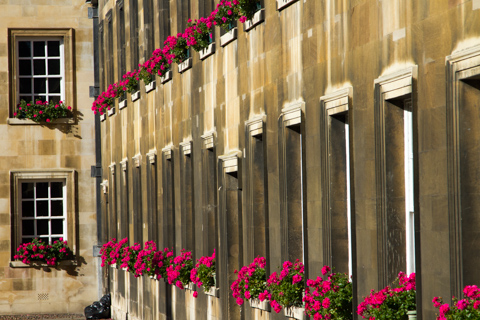
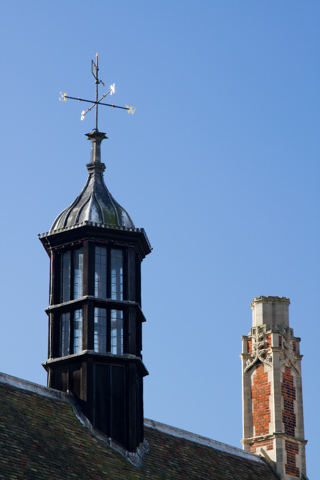
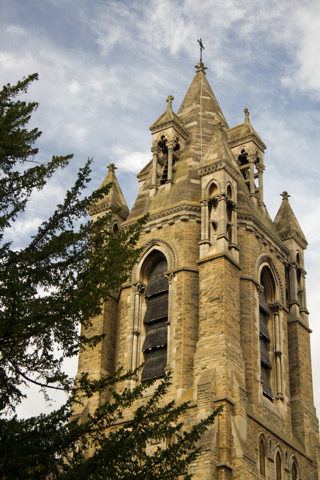

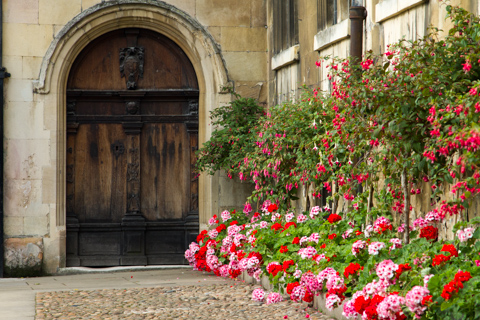

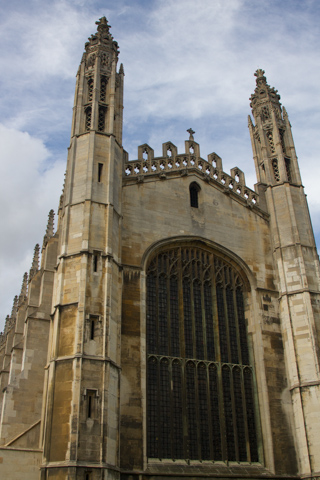
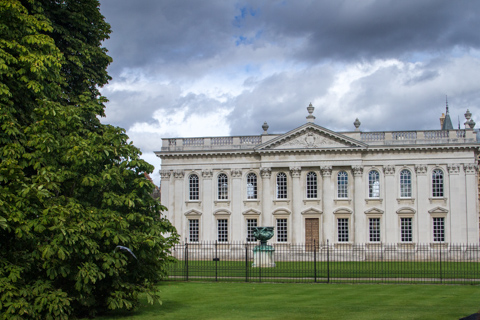
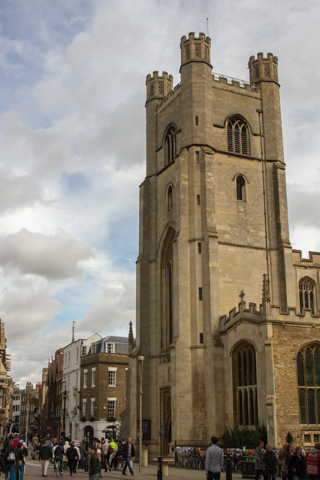
During its rich history the church has been burned to the ground (1291), rebuilt (1351), expanded (1475-1519), and a tower raised (1690).
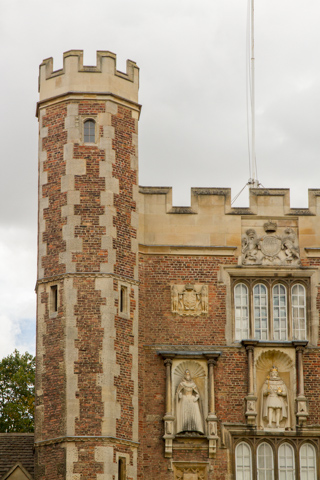
Beautiful work - stone and statues all over.
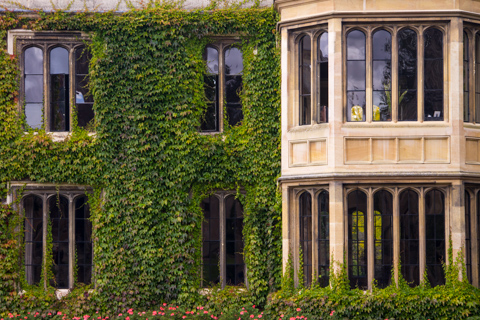
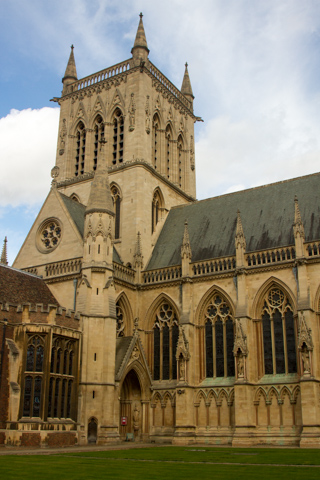
The tower is 50 meters high, and is the tallest structure in Cambridge (followed by the Cambridge University Library and King's College Chapel).
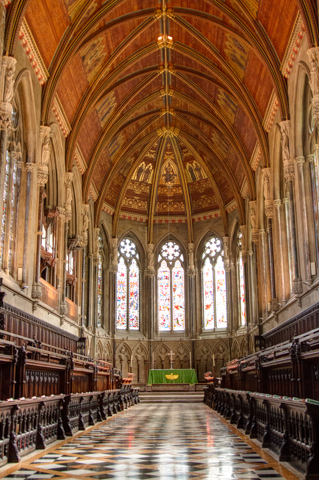
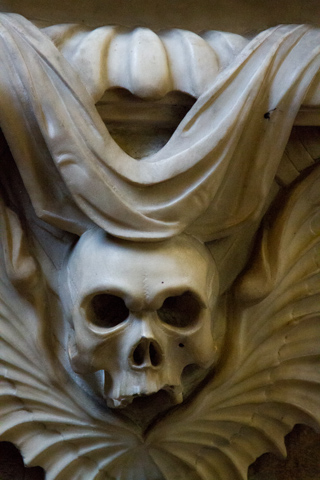
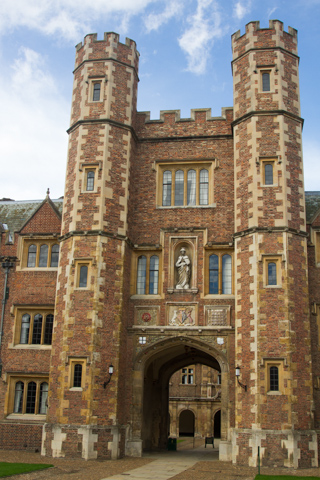
This is the inner gate towers between the second and third court.
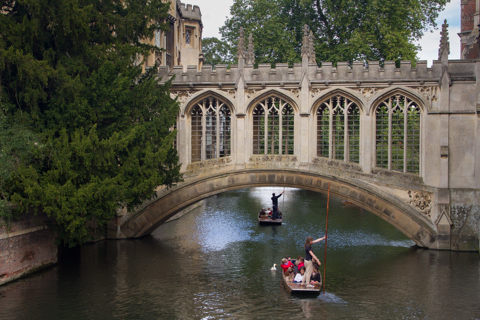
The bridge connecting Third Court to New Court, originally known as New Bridge, is now commonly known as the Bridge of Sighs. It was described by the visiting Queen Victoria as "so pretty and picturesque". It is a single-span bridge of stone with highly decorative Neo-Gothic covered foot walk over with terraced openings.






Here is one of the bombers on the tarmac - the Memphis Belle.
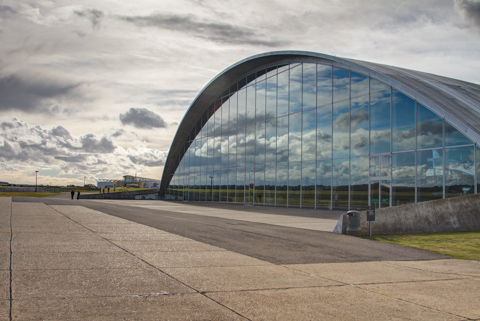
This is a huge hangar filled with US military warplanes.
From here a long drive to South Lodge in West Sussex.